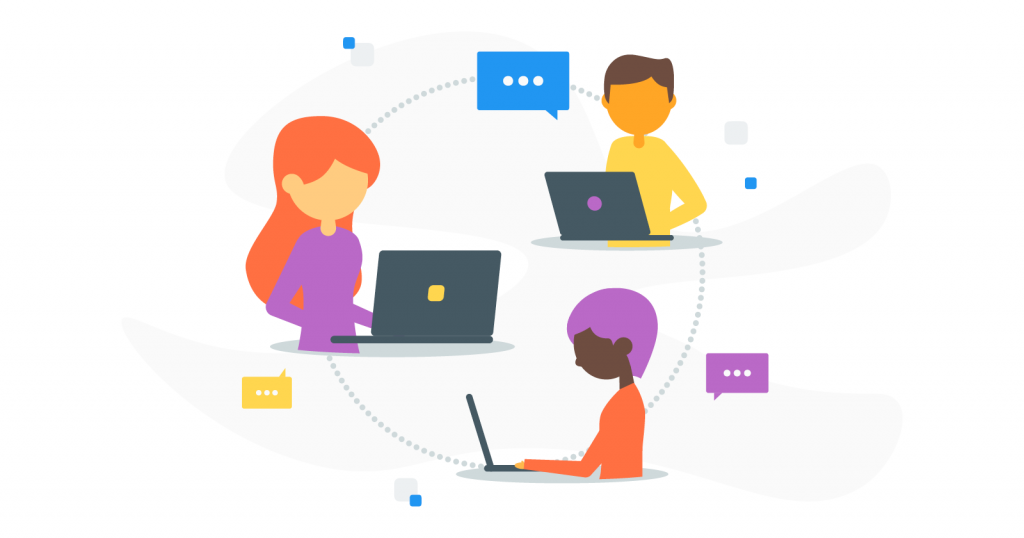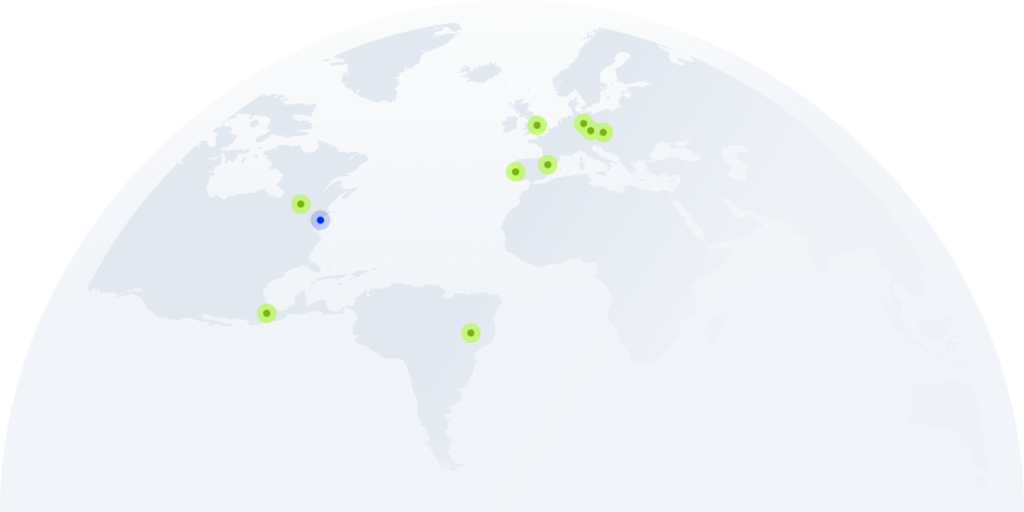Call Switching vs. Call Flipping

This brief article introduces Call Switching and Call Flipping tools and explains how each of them works. We also provide practical use cases.
Please note: CloudTalk does not currently offer Call Switching or Call Flipping tools. For a comprehensive list of the tools we do offer, see our Features page.
How it works
Call Switching
This feature lets users easily shift between devices when doing business over the phone. Simply open up a secondary device, “pull” the call away from the original device using the Call Switching feature, and continue your conversation without interruption. Easy as that.
Call Flipping
This feature, on the other hand, lets you transfer calls to specific secondary devices based on preassigned single digits. While a call switch is initiated from the device receiving the call, a call flip is initiated by the device “pushing” the call to a secondary device — be it a home phone, desk phone or smartphone.
Call Switch Use Case Scenario
Let’s say you’re an agent at a busy call center and you’re fielding a call from a frustrated client.
During the call, you receive a very important but unrelated email from your boss. You suddenly need to use your main computer monitor to begin working on your boss’s urgent task, but you also need to continue the call with your client.
This kind of mulit-tasking scenario is exactly where Call Switching can come in handy. With the Call Switching feature, the agent could simply whip out his smart phone and “pull” the customer’s call to that device, thus freeing up their computer monitor and allowing them to address their boss’s email.
Call Flip Use Case Scenario
A sales rep is having a casual conversation with a prospect, laying out several details about how her product works. She’s working from home on her desktop monitor, and is expecting a package to arrive sometime in the afternoon.
The doorbell rings in the middle of her call, and instead of putting her prospect on hold or hanging up, she’s able to use the Call Flipping feature to “push” her call to her mobile phone. Thanks to Call Flipping, she’s able to collect her package without having to interrupt the call with her prospect.




















